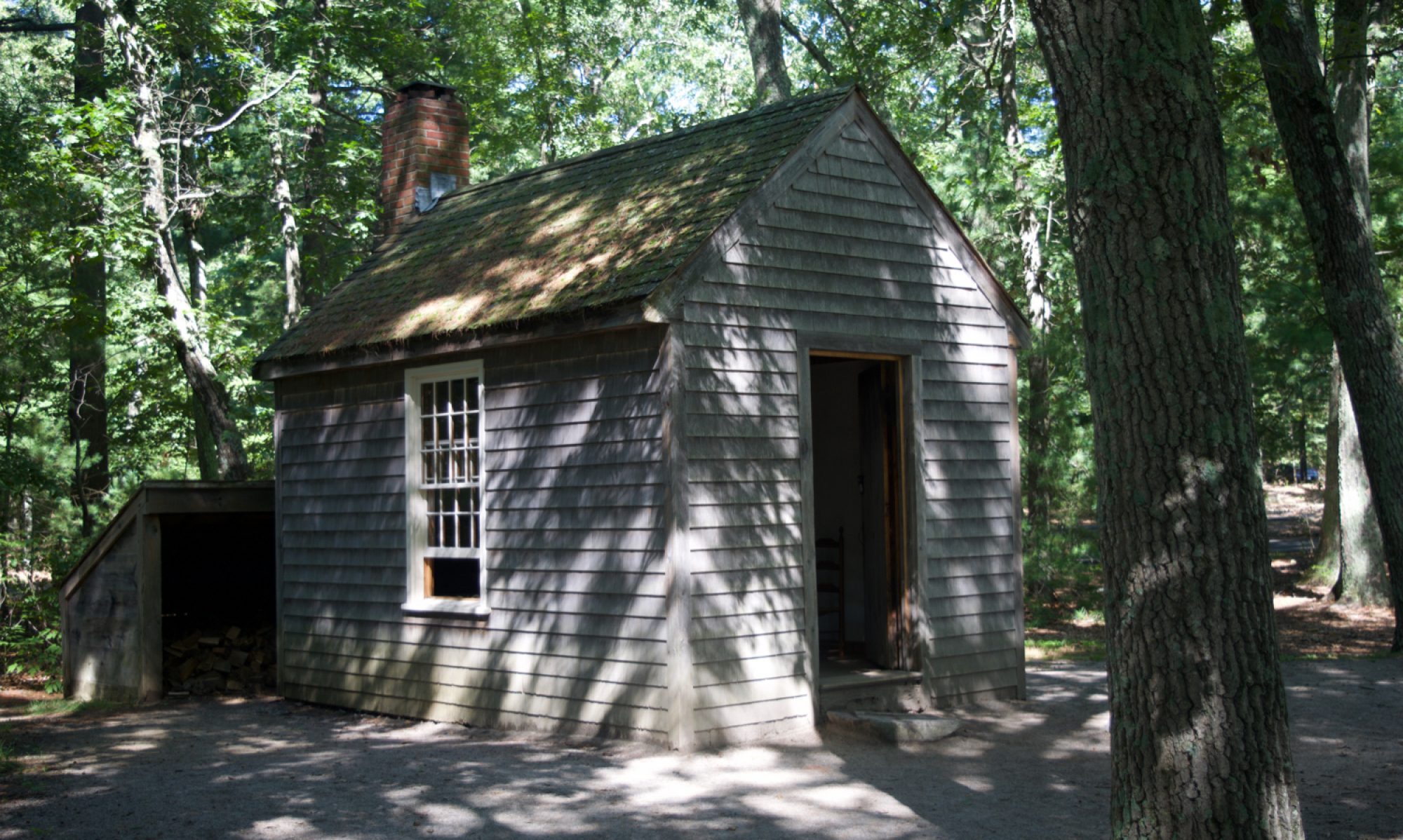There’s been a lot in the news recently about Land Reform in Scotland, and many people involved in the hutting movement have been supporting this and connecting the two issues. In particular Donald McPhillimy wrote a blog post imagining sitting in a hut and reflecting on the impact of different types of landlord. It’s good that freehold land ownership has now come to the fore as it didn’t feel that was a particularly favoured model at the Hutter’s Rally last year. However, I think the real impediment is still planning law and practice, although at least in Scotland the planning policy recognises huts and requires councils to include them in their strategy “where appropriate”. Last year I roughed out some numbers about how to create a Carbeth style site, and I think they bear repeating in this context.
The Carbeth site is about 100 acres with about 140 huts, giving a density of about two thirds of an acre per hut. The actual plots assigned to each hut are smaller than this but the plots themselves are also well spaced which gives the site its semi-wooded character.
What are the costs involved if you wanted to create such a site from farmland? The Carbeth Hutters had to raise £1.75 million to the freehold of the site, but that was for land with planning permission for all those huts remember.
It’s easy to find agricultural land for sale online these days. For example, uklandandfarms.co.uk : scotland (change the sorting to “Low to High”) has bits of woodland and pasture starting for a few tens of thousands of pounds. Using one of these websites last year I found this field very near Carbeth, and so in the kind of location where we know a hutting community can thrive. That was 76 acres for about £125,000, which is a lot less than well over a million.
Let’s say we had created a hutters’ co-operative to buy that land, and then marked out 100 plots on it, to give a rather low density very like Carbeth with lots of space between plots. Everyone who became a member of the co-operative would get a plot. Half the available memberships would require a contribution of £125 per year over ten years; the other half require a one-off contribution of £2500 at the start. This means there would not even be a need for the co-op to take out a loan itself as the upfront payments would pay for the land purchase.
Add some rules to stop people reselling memberships in a way that drives up prices. Also some kind of common fund contribution: maybe £125/year, which the £2500 people don’t have to pay for the first ten years. This way after ten years everyone has paid the same in total, and there aren’t two classes of members. Some of the capital is used to put up huts owned by the co-operative available for £10/night to make the experience accessible and also so people can see if they really like it.
People would need to put up huts on their plots, but they could camp to start with while they did that. You can get log cabin kits for £2000-£4000 if people didn’t want to bodge together something themselves. But the co-op buying timber and fittings in bulk and then selling them at cost to members on site would be a great way of spreading the cost and letting people feel their way through the process of putting a hut up by trial and error.
We could do all that tomorrow in as many fields as there is the demand for huts if the planning environment was right.
In my view reform of property ownership is a worthy goal in itself. The option to buy rural land by local communities when it comes up for sale extended to tenant farmers would be a good thing, and not just in Scotland. The right of long-standing urban tenants to buy their own homes is also a worthy goal, as it is not good for people to be renting for any length of time and not getting equity in return: they’re just paying off someone else’s mortgage in most cases, whether the landlord is a private or public body, and they risk paying far more than the cost of the property if their family stays for decades. Long term renting is a con, rather like Currys selling maintenance contracts for £10 toasters.
But as I think the above links and example plan shows, all those issues about land and property reform don’t need to be resolved to restart hutting. Probably to do as much hutting as there is demand for it. It’s the planning environment which stops us doing it all over the place tomorrow.























